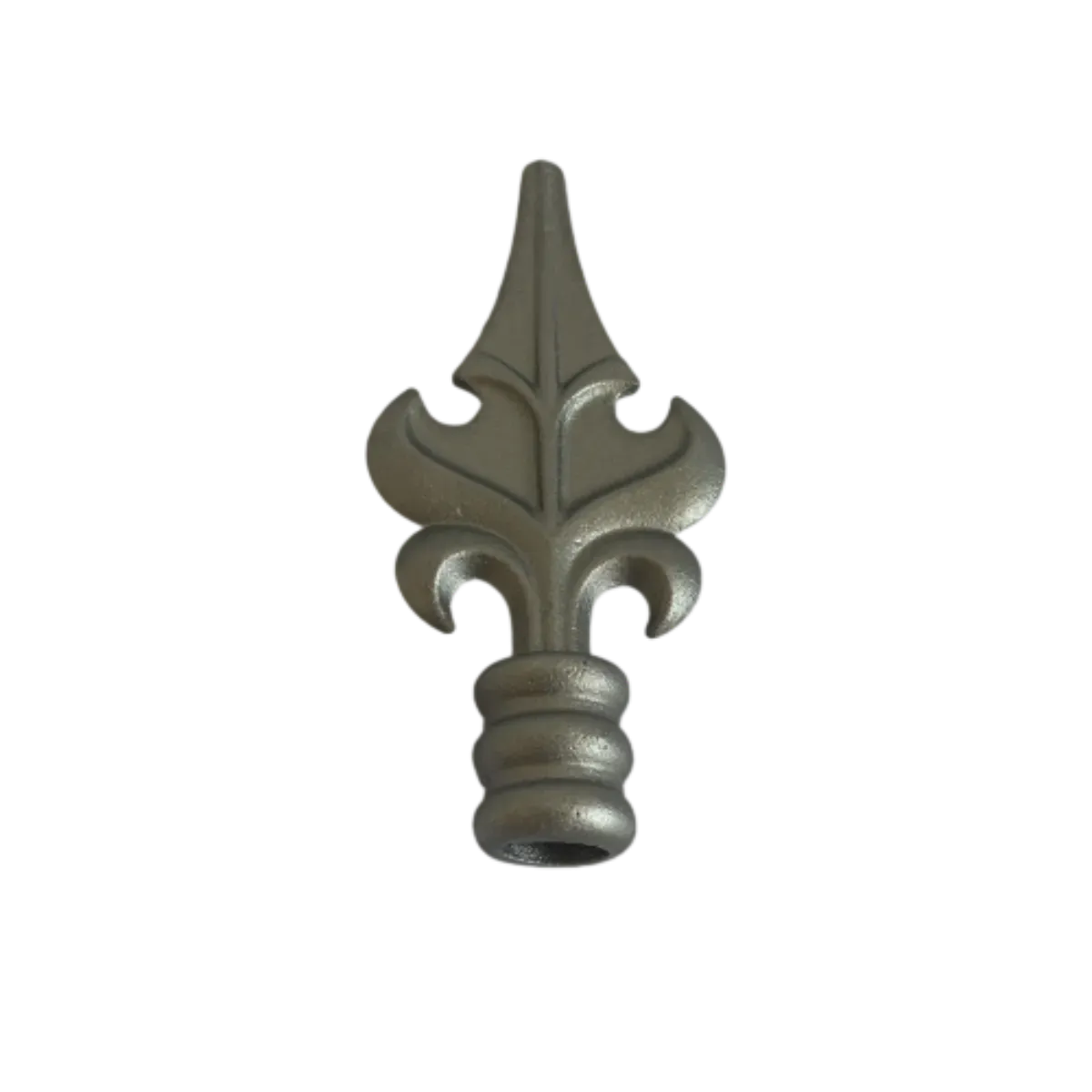The Corrosion Resistance of Wrought Iron in Various Environments and Its Implications
The Rusting of Wrought Iron Causes, Effects, and Prevention
Wrought iron is a type of iron alloy characterized by its malleability and ductility, making it an excellent choice for construction and decorative applications. Historically favored for its strength and durability, wrought iron has been used in everything from intricate wrought gates and railings to massive infrastructure projects. However, like all metals, wrought iron is susceptible to rusting, a phenomenon that can significantly compromise its structural integrity and aesthetic appeal. This article explores the causes of rust in wrought iron, the effects of corrosion, and strategies for prevention and maintenance.
Understanding Rust
Rust is primarily composed of iron oxide, which forms when iron reacts with oxygen and moisture in the environment. The chemical reaction can be summarized simply
\[ 4Fe + 3O_2 + 6H_2O → 4Fe(OH)_3 \]
Initially, iron oxide appears as a reddish-brown crust but can further expand and flake away, exposing more of the underlying metal to potential corrosion. Although this process may start small, it can lead to significant deterioration over time, especially if the wrought iron is placed in moist, exposed conditions.
Causes of Rust Formation
1. Moisture The presence of water is a primary catalyst for rust formation. Wrought iron situated in areas with high humidity, rainfall, or condensation is particularly vulnerable. Even slight moisture in the air can initiate the rusting process.
2. Oxygen Oxygen is necessary for the formation of rust. Publicly exposed wrought iron, such as in outdoor railings or garden gates, is prone to rust because it is constantly exposed to atmospheric oxygen.
3. Acidic Environments Acidic substances, such as rainwater combined with pollutants (a phenomenon known as acid rain), can accelerate rusting. These will lower the pH level in the surrounding environment, hastening the corrosion process.
4. Salt In coastal or winter environments where salt is used for de-icing, the presence of saltwater can significantly increase the rate of corrosion. Salt acts as an electrolyte, facilitating the transfer of electrons and enhancing the rusting process.
Effects of Rust on Wrought Iron
can wrought iron rust

The presence of rust on wrought iron is detrimental in multiple ways
- Aesthetic Deterioration Rust gives wrought iron a shabby, unattractive appearance that can detract from its intended beauty, especially in ornamental applications.
- Structural Weakness Rust weakens the metal. As iron continues to oxidize, the thickness of the wrought iron decreases, compromising its structural stability. In load-bearing applications, this could lead to failures and potential accidents.
- Increased Maintenance Costs Rusted wrought iron requires constant maintenance and potentially costly repairs. If corrosion is not addressed, it can lead to extensive damage that may necessitate complete replacement.
Prevention and Maintenance Strategies
Preventing rust on wrought iron is crucial to extending its life and maintaining its appearance. Here are effective strategies
1. Protective Coatings Applying a protective paint or sealant is one of the most effective ways to prevent rust. These coatings serve as a barrier against moisture and oxygen. Using alkyd-based paints or specialty coatings that contain rust inhibitors can provide added protection.
2. Regular Maintenance Routine inspections and maintenance are essential. This includes checking for signs of rust and addressing any areas of concern promptly. Sanding down rust spots and repainting them can prevent further oxidation.
3. Environmental Considerations If possible, placing wrought iron structures in sheltered locations can reduce exposure to moisture and harsh weather conditions. In coastal areas, regular maintenance may be more frequent due to salt exposure.
4. Use of Rust-Resistant Alloys In applications where wrought iron will face severe environmental conditions, consider using rust-resistant alloys or treatments. Options such as galvanized iron (iron coated with zinc) offer superior protection against corrosion.
Conclusion
Wrought iron has long been cherished for its aesthetic appeal and durability. However, its susceptibility to rust means that vigilance and care are essential to maintain its integrity and beauty. By understanding the causes of rust, recognizing its effects, and implementing effective prevention strategies, we can ensure that wrought iron structures continue to stand the test of time, enriching our environments with both functionality and elegance.
-
Wrought Iron Components: Timeless Elegance and Structural StrengthNewsJul.28,2025
-
Window Hardware Essentials: Rollers, Handles, and Locking SolutionsNewsJul.28,2025
-
Small Agricultural Processing Machines: Corn Threshers, Cassava Chippers, Grain Peelers & Chaff CuttersNewsJul.28,2025
-
Sliding Rollers: Smooth, Silent, and Built to LastNewsJul.28,2025
-
Cast Iron Stoves: Timeless Heating with Modern EfficiencyNewsJul.28,2025
-
Cast Iron Pipe and Fitting: Durable, Fire-Resistant Solutions for Plumbing and DrainageNewsJul.28,2025
-
 Wrought Iron Components: Timeless Elegance and Structural StrengthJul-28-2025Wrought Iron Components: Timeless Elegance and Structural Strength
Wrought Iron Components: Timeless Elegance and Structural StrengthJul-28-2025Wrought Iron Components: Timeless Elegance and Structural Strength -
 Window Hardware Essentials: Rollers, Handles, and Locking SolutionsJul-28-2025Window Hardware Essentials: Rollers, Handles, and Locking Solutions
Window Hardware Essentials: Rollers, Handles, and Locking SolutionsJul-28-2025Window Hardware Essentials: Rollers, Handles, and Locking Solutions -
 Small Agricultural Processing Machines: Corn Threshers, Cassava Chippers, Grain Peelers & Chaff CuttersJul-28-2025Small Agricultural Processing Machines: Corn Threshers, Cassava Chippers, Grain Peelers & Chaff Cutters
Small Agricultural Processing Machines: Corn Threshers, Cassava Chippers, Grain Peelers & Chaff CuttersJul-28-2025Small Agricultural Processing Machines: Corn Threshers, Cassava Chippers, Grain Peelers & Chaff Cutters












